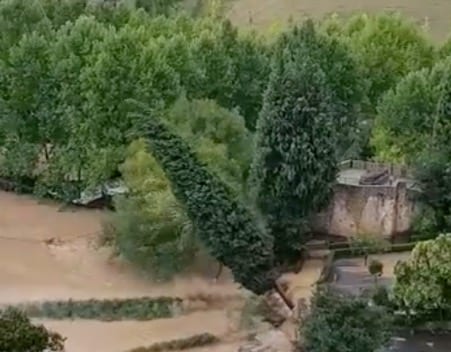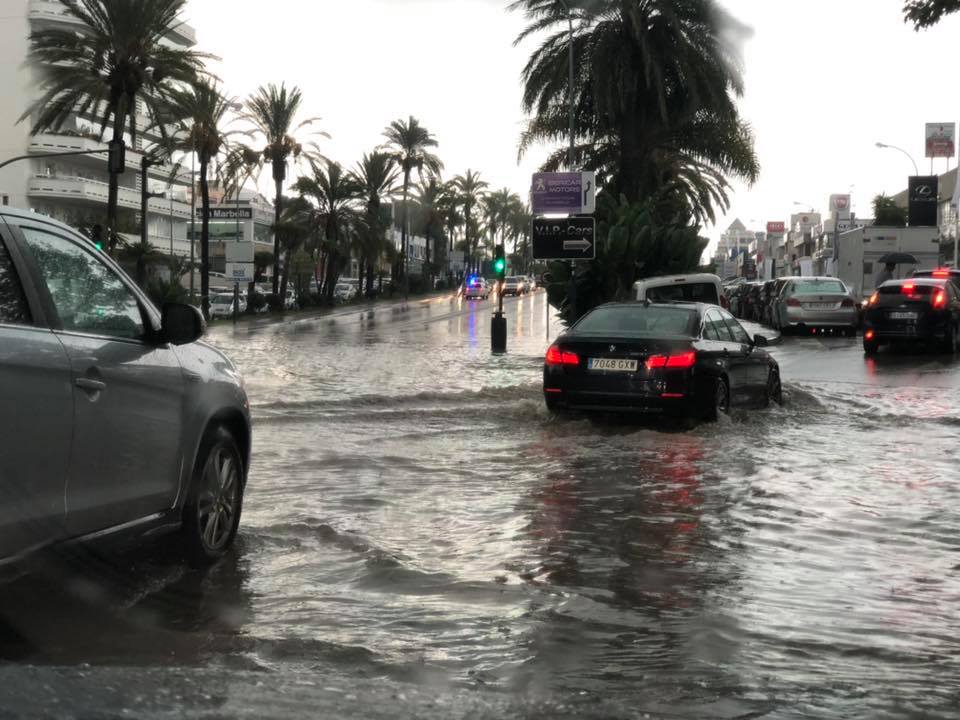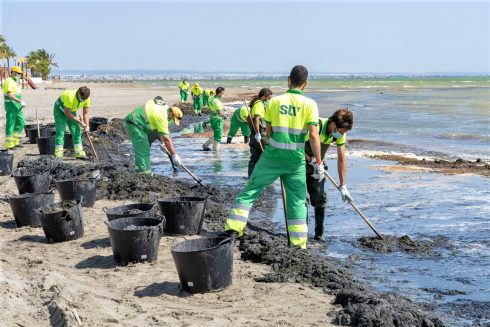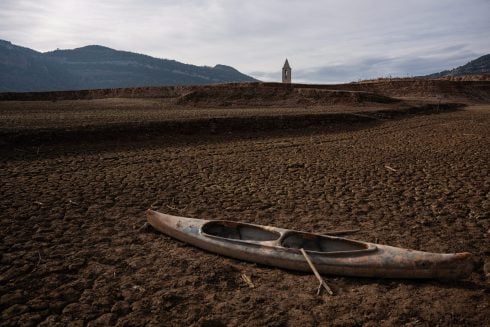
THE Spanish weather term ‘Gota Fria’ will have been etched in the memories of many an expat following the devastating floods in Andalucia and Valencia last month.
But the ‘cold drop’, as its known in English, is all too familiar for seasoned locals.
Valencia suffered severe flooding in 1957, 81 citizens lost their lives, and after extensive works the Rio Turia was diverted around the city.
The river was not to blame for overflowing its banks, it had taken its natural course for millions of years but along came humans who decided to inhabit a location more suitable for a sea port.
In the 20th century, ample warnings about potential urban flooding were ignored, particularly in the likes of Campillos in inland Malaga.
In last month’s torrent, a relatively new housing urbanization was flooded there, as was the town centre.
The urbanization is located on a known flood plain drained by a small ditch with a slight gradient for four kilometres – just one example of house and commercial construction choosing the wrong place.
‘It’s global warming that caused the Gota Fria’ has been heard too often the past week.
Perhaps, but there is no scientific evidence about the certainty of that link even if there is much evidence elsewhere on the planet.
There are research papers published indicating that the Mediterranean sea has been changing in temperature at various depths and salinity over decades, and the commonly-shared hypothesis is that the western region of the sea and the local land masses of Spain and north Africa might experience higher annual mean temperatures, and in the autumn suffer more frequent and intense storms.

But with rising temperatures, it’s likely that both seasons will experience more extreme outcomes.
Cursory study of meteorological and hydrological research in Andalucia suggests October is the most likely month for the retained warm moist air above the western Mediterranean to suddenly meet the cold air masses descending from the north – producing the Gota Fria.
The greatest tragedy of the recent cold drop was the death of Campillos fireman Jose Gil returning home in a fire truck which was hit by a flash flood.
Better drainage south of the town could not have spared his life but from now onwards many local mayors will be expecting Madrid to back up verbally-expressed condolences with financed improvements in drainage, sewage disposal and road maintenance.
The central government has had intentions to upgrade the railway between Bobadilla and Algeciras since 2008.
Promises, promises, and the huge collapse of the track over an arroyo west of Bobadilla serves testimony to the fragility of a railway constructed in the 19th century and little improved in sections until recently.
Luckily no passenger or freight train was passing when the embankment was washed away, a tragedy that would have become front-page news across Europe.
It was a freak torrent of water understandably not foreseen in magnitude, and ADIF does its best to maintain Spanish high-speed and conventional routes with technical know-how better than most equivalent rail network authorities in the world, but government funding for ADIF seems peculiarly limited in some regions.
It is possible to be cynical when viewing television programmes such as A Place in the Sun and hearing prospective searchers of property on the costas and inland express ‘Wow!’ at the sight of the sea or a mountain landscape when they stand on a sunlit terrace and a swimming pool close.
Those involved, buyers and presenters, are not expected to research rainfall data, the size of catchment areas, the volume of water run-off descending to natural floodplains and through gorges and valleys but perhaps now some effort should be made.
In the Ronda region, with a local rainfall catchment area of over 280 square kilometres and a single river outlet passing through villages such as lower Benaojan and Cortes de la Frontera, the probability of high water levels occurring repeatedly is not rocket science.
As a rough estimate some 630 million cubic metres of water passed down that valley in 24 hours during the recent floods.
Although financial budgets are limited, as always, that’s little excuse in a region so heavily dependent on farming, tourism and property ownership of those who pay council tax and spend money locally.
In some defence of the authorities, they cannot be expected to shelter totally those who built or purchased properties on natural flood plains and in steep narrow valleys, and they should not construct drainage channels, which release upland waters and cause increased flooding at lower levels.
The Madrid government cannot anticipate further large infrastructure funding from the European Commission.
Without future UK contributions to the Commission budget something will have to give and there will be reduced giving to Spain and other member states.
Priorities concerning autonomous region funding will concentrate minds wonderfully in Madrid.
Potential property buyers are advised to inspect the local terrain and vegetation for signs of more than brief soil saturation.
Vegetation debris in rivers indicates previous rapidly flowing water, and stones in clumps near streams where they are not placed by the usual forces of nature.
It’s pretty simple to Google the recent local weather patterns recorded by the excellent Spanish government and university research institutes.
We have been heavily showered upon and warned.











